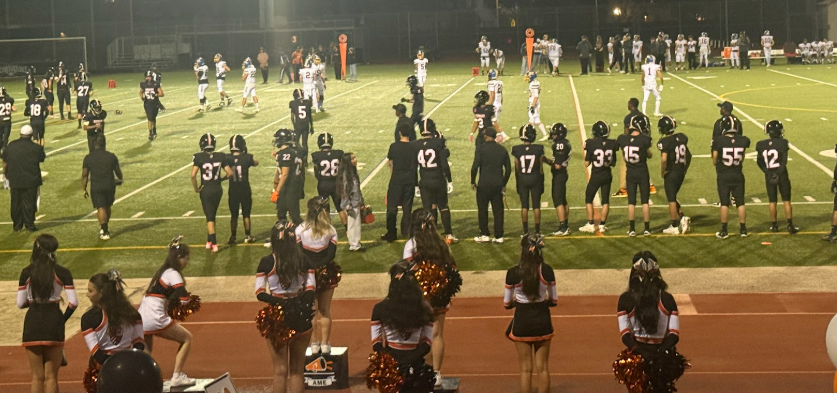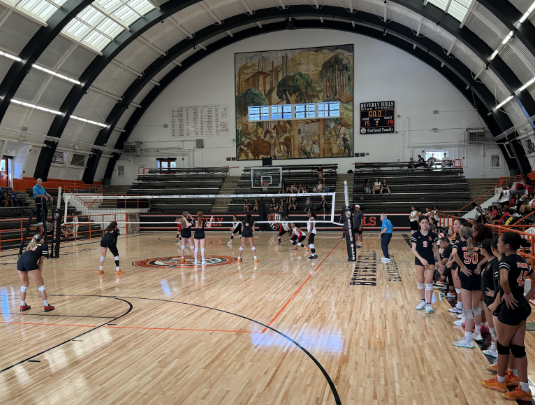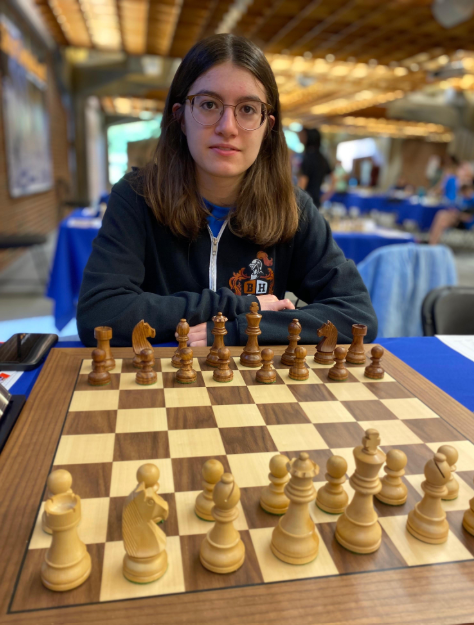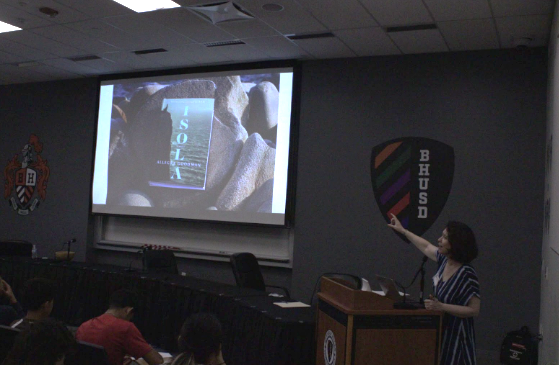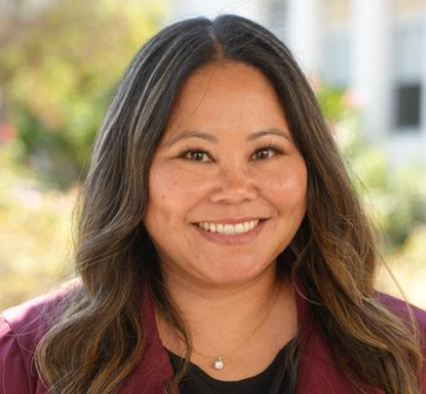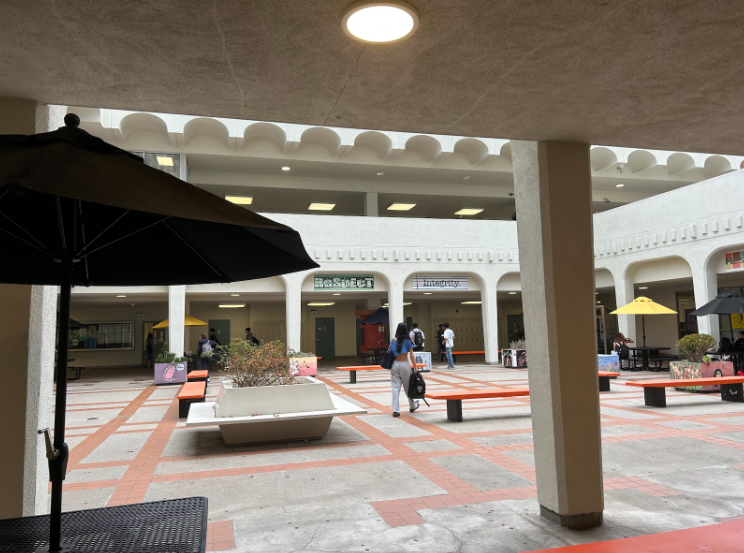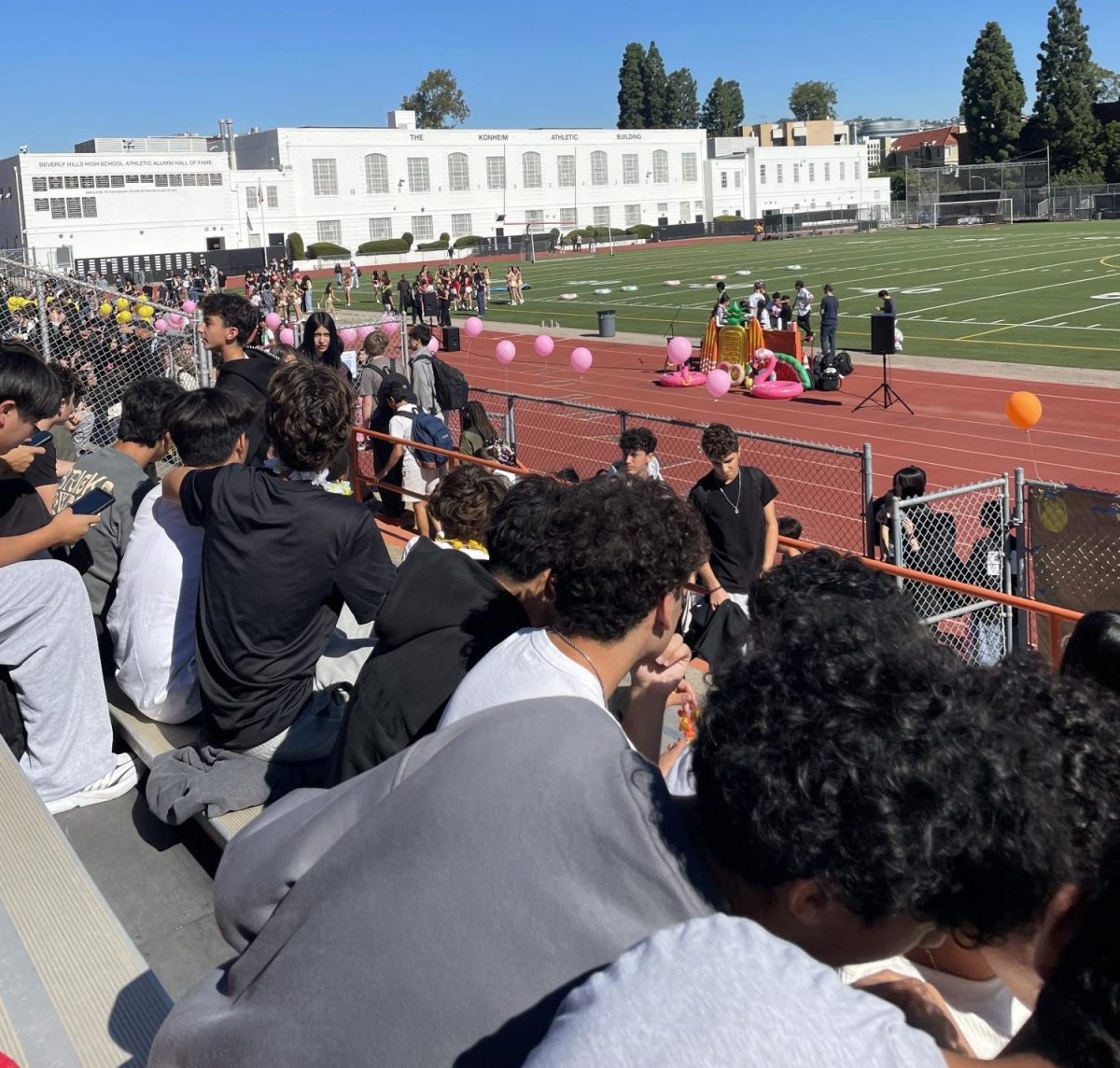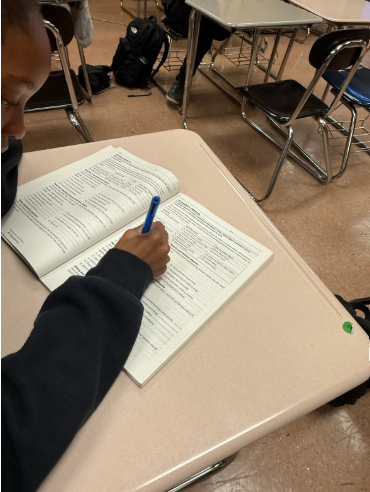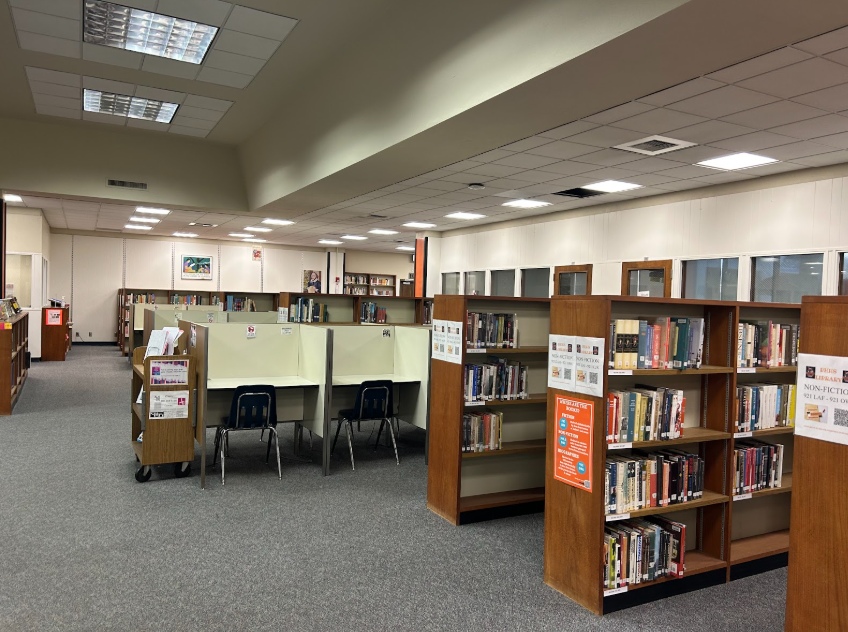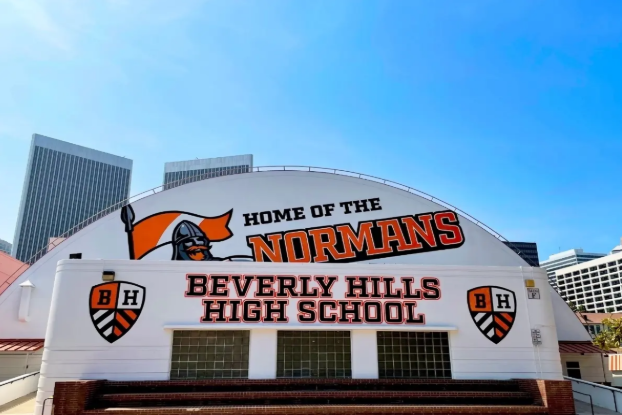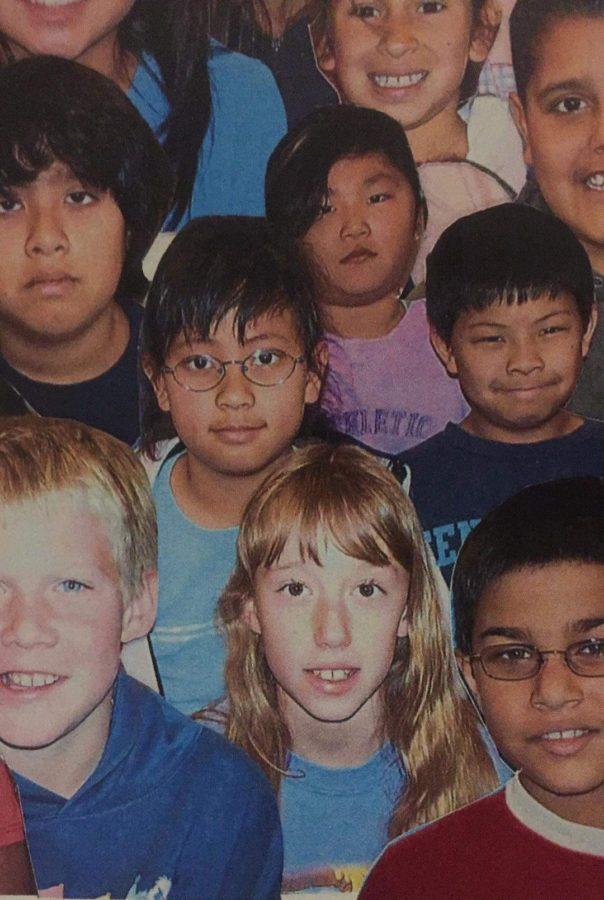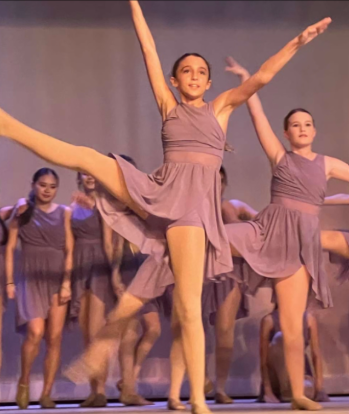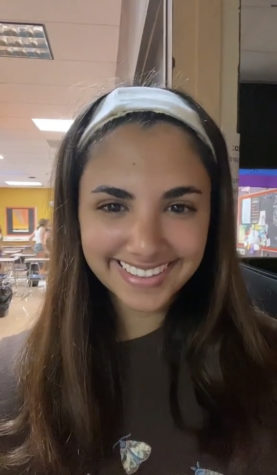Shayda Dadvand cub writer
New English teacher Samantha Wilson’s childhood world was infused with bubble tea, Korean barbeque nights, and Chinese dialogue that she couldn’t make out a word of.
Wilson arrived this year having been raised in a completely different environment. Growing up in San Gabriel Valley, Wilson was surrounded by an Asian-dominated community, where she was one of the few caucasian students in her school.
“I was the singular white friend in my group. I had almost no white friends. I can probably list them on one hand if I think back out of the entire school,” Wilson said.
Wilson’s friends would make quips about the fact that Wilson’s skin tone was different from their skin tone.
“My friends would call me the egg of the group,” Wilson said. “And by that, they meant that I was white on the outside and yellow on the inside.”
As a middle school student who did not know much about racial microaggressions, Wilson viewed this joke as equivalent to an honorary approval award.
“I know [my friends] had meant, ‘Oh, even if you’re white on the outside, you’re still one of us on the inside.’ Now, I look back and think, ‘Dear god, that was awful.’ But at the time, it was actually meant to be a cultural acceptance moment for me,” Wilson said.
Wilson’s friends had jokingly reassured her that she did fit in with them, despite how much she was being focused on for her whiteness. Much of the school related her skin tone to her character and knowledge.
“There were moments when either my teachers or peers would focus on me to answer questions about the experience of whiteness and white privilege,” Wilson said. “And, as a kid, I had absolutely no idea how to answer those, especially since those kinds of conversations were nowhere near as prevalent as they are now.”
But Wilson has found a way to communicate these little snippets of her childhood. She often shares these bits of her background to her students. She’s spoken about her past to sophomore Michaela Hassid, for example.
“[Wilson has] told me that when she was growing up, she didn’t really feel like she fit in as much with the community she was in, that there was a lot of discrimination towards her, and she just felt like she didn’t fit in as much,” Hassid said.
Wilson can “relate to just everyone in general” about wanting to fit in. That’s something we all want.
“I did wish that I was a little bit more like everyone else. I think that’s how everyone feels in middle school,” Wilson said. “You want to feel accepted. You want to feel like everyone else. We all just want to belong.”
Wilson is currently learning to belong and find her place here at Beverly. She spends each day at school engaging with her students, and hours after the final bell helping them with their work and creating a safe environment where both she and her students can be whomever they need to be.
“I think over time, I will start to feel like I fit in more,” Wilson said. “The most important thing about fitting in is not changing yourself, but building connections with other people so that you form a community. And I think that’s just going to happen over time, no matter where you go.”







